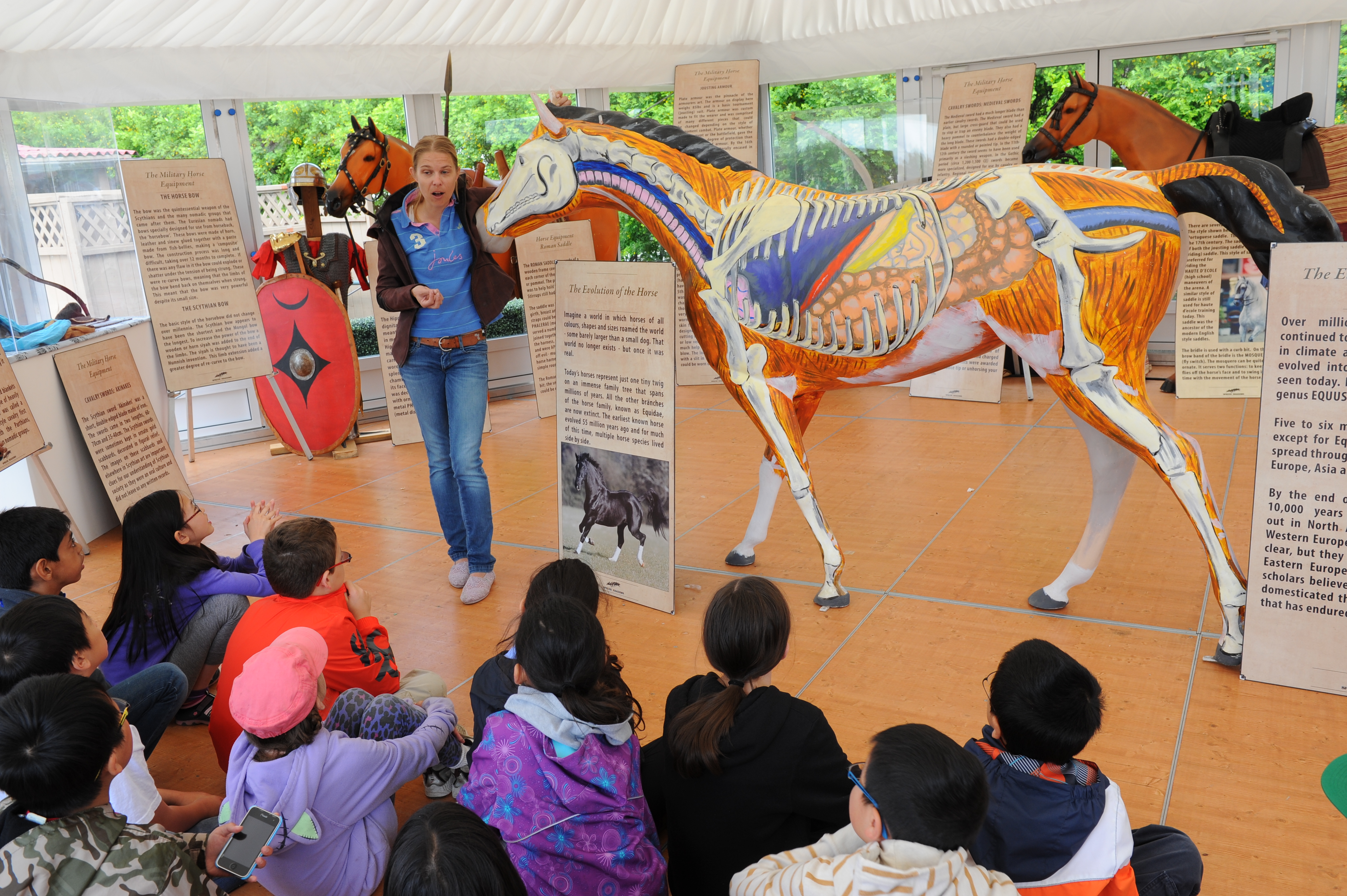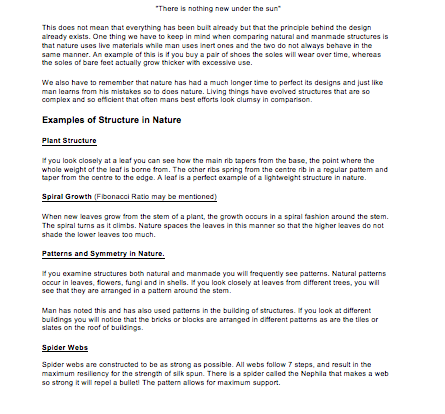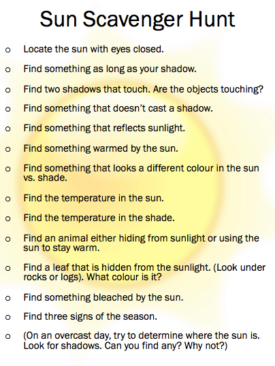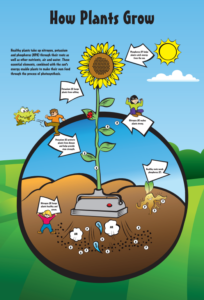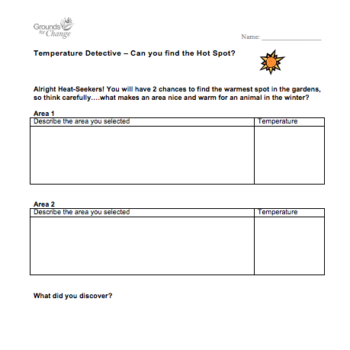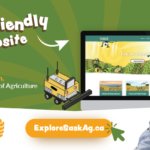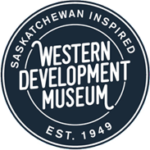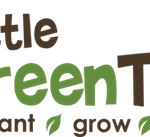-
Spruce Meadows, in partnership with Nutrien presents the GROWING THE NEXT GENERATION School Tours Education Program: Highly interactive sessions, geared towards the grade 4 & 5 curriculum, that focus on agriculture, wetland ecosystems, horse anatomy, health, welfare, and equine history. Since the initiation of the ‘School Tours’ program in the spring of 1976, tens of thousands of Calgary and surrounding area students have participated.
Spruce Meadows provides a unique representative environment of the growth and change of Alberta, its people and the School Tours program itself. Initiated in 1976 by Mrs.Southern herself the program has evolved over time and continues to incorporate Alberta based curriculum within its existing five stations. Set in an interactive venue to engage and challenge the students, our program is designed to provide students with the knowledge and consciousness to make informed decisions.
To learn more visit:Spruce Meadows | Education Programs
-
What is a structure? Where did humans get many of their building ideas? Man observes nature, and many of our structures are based on things we see in our gardens, our woods, and even in animals and their homes! In this activity, students will be challenged to look at a garden in terms of human structure, and compare what they see in nature to what they see around them. Wrap up: Discuss students’ variety of answers.
-
Students complete this sun scavenger hunt to learn about sunlight, shadows, temperature and its relationship to plant and animal life in the schoolyard. Wrap up: Discuss sunlight (daylight/ seasonal), how the sun affects the appearance of shadows, temperature variations, animal/plant life and their relationships to sunlight (ie: amphibians), the visible change of seasons.
-
Print and post this colourful poster to help illustrate the importance of replacing soil nutrients after each harvest.
-
Discuss sun movement (daily, seasonal), day length, temperature, sun placement/tilt, and shadow length. Predict warmest spot in the natural area and discuss importance for animals. In pairs, students place a thermometer in hypothesized warm spot, and have 2 chances to find the “hot spot”. Wrap-up: share warmest area and importance, discuss changes in body shadow and reveal eraser shadow technique: need to have body in line with the sun and the eraser. Sun needs to be at their back.

